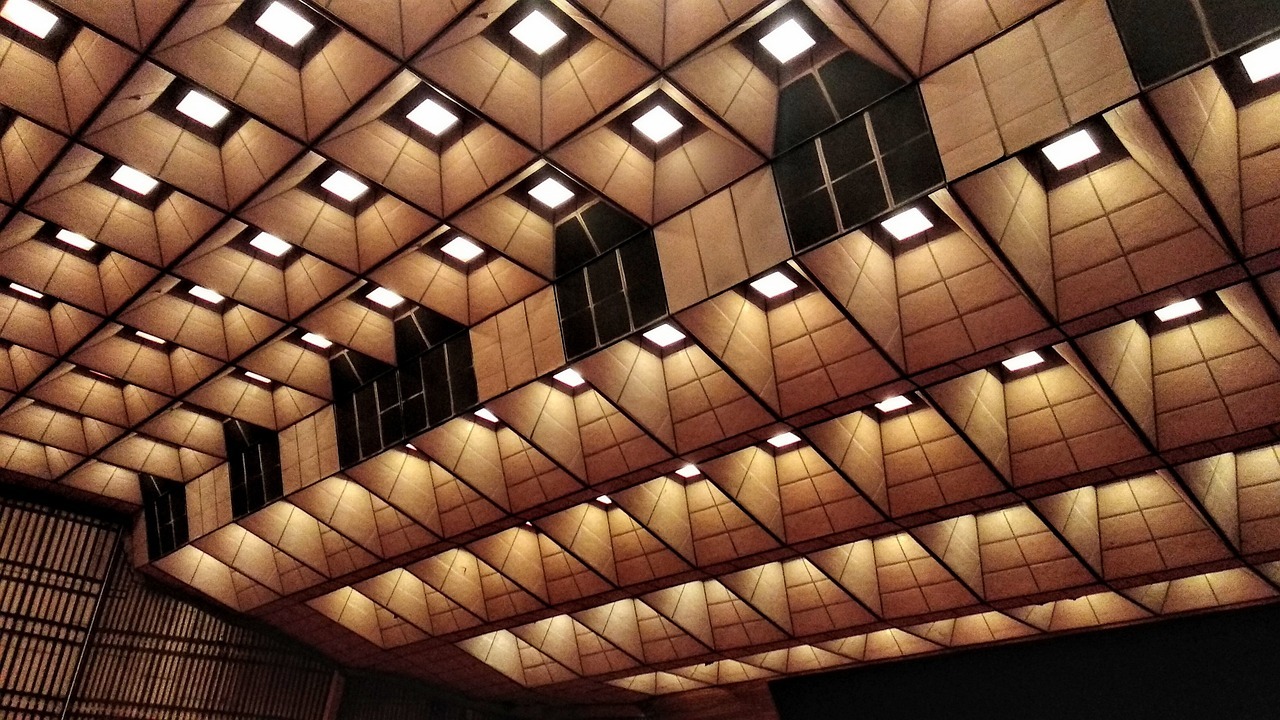In the realm of office design, finding the equilibrium between natural and artificial light is a crucial factor that significantly impacts the productivity and well-being of employees. The interplay between these two types of light sources not only affects the aesthetics of the workspace but also has a profound influence on mood, focus, and overall comfort. Here’s a deep dive into the intricacies of striking the right balance between natural and artificial light in office spaces, exploring the benefits and considerations that come into play. This article will also discuss LED bollards and their advantages when it comes to outdoor lighting.
The Power of Natural Light
Natural light, with its warm and dynamic qualities, can transform any office space’s ambiance. Sunlight is an excellent source of vitamin D, which plays a pivotal role in maintaining physical and mental health. Incorporating large windows or skylights allows for the penetration of ample natural light, creating a vibrant and refreshing atmosphere that can enhance the mood and energy levels of employees.
Advantages of Natural Light
Enhanced Well-being: Exposure to natural light has been linked to improved circadian rhythms and better sleep quality. The presence of daylight can positively affect employees’ moods, reducing stress levels and fostering a sense of well-being.
Energy Efficiency: Leveraging natural light during daylight hours can significantly reduce the need for artificial lighting, leading to energy savings and a smaller carbon footprint for the office.
Visual Comfort: Natural light is gentle on the eyes and reduces glare, which can help prevent eye strain and discomfort.
Striking the Right Balance
While natural light offers a multitude of benefits, achieving the perfect balance between natural and artificial light requires careful consideration and design expertise. Here are some key points to keep in mind:
Glare Management: Excessive natural light can lead to glare issues, making it challenging for employees to work comfortably. Utilizing adjustable blinds or diffusing window films can help control the amount of light entering the space.
Task Lighting: Integrating task lighting fixtures in areas where detailed work is conducted can supplement natural light and ensure that employees have the illumination they need to perform tasks efficiently.
Light Layering: Creating layers of light by combining ambient, task, and accent lighting can help achieve a harmonious blend of natural and artificial light. This approach adds depth and dimension to the workspace.
Harnessing Artificial Light
Artificial light sources are essential components of office design, especially when natural light is limited due to building orientation or other factors. Modern lighting technology offers a wide array of options to mimic the qualities of natural light and create a productive environment.
Benefits of Artificial Light
Consistency: Artificial light can provide consistent illumination throughout the day, ensuring that the workspace remains well-lit even when natural light is insufficient.
Flexibility: Adjustable artificial lighting allows for customization based on the tasks being performed and the preferences of individual employees.
Design Flexibility: Artificial lighting fixtures come in various designs, enabling designers to integrate them seamlessly into the office’s overall aesthetic.
Considerations for Artificial Light
Color Temperature: Opting for artificial lighting with a color temperature resembling natural daylight (around 5000K) can help maintain a balanced and comfortable environment.
Energy Efficiency: Choose energy-efficient LED lighting options to minimize energy consumption and reduce operational costs.
Incorporating Bollards for Outdoor Illumination
Beyond the confines of indoor office spaces, the concept of balanced lighting extends to the outdoor environment as well. LED Bollards, with their sleek design and energy-efficient attributes, present a valuable addition to office exteriors and pathways. These unobtrusive fixtures not only enhance the overall aesthetics of the office surroundings but also contribute to safety and security.
Advantages of Bollards
Enhanced Safety: Bollards offer a low-level, diffused illumination that guides employees and visitors along pathways, driveways, and entryways. This added visibility ensures safer navigation, reducing the risk of accidents during nighttime hours.
Energy Efficiency: Much like their indoor counterparts, LED bollards are exceptionally energy-efficient. Their long lifespan and low energy consumption contribute to reduced operational costs while aligning with the office’s sustainability goals.
Minimal Light Pollution: LED technology allows for precise control over light distribution, minimizing light spills and preventing light pollution. This eco-friendly approach is in line with responsible lighting design.
Aesthetic Appeal: Bollards come in a variety of contemporary designs, enabling offices to choose fixtures that seamlessly blend with the architectural style of the building. These fixtures can even serve as aesthetic elements during the day.
Conclusion
The significance of finding the perfect equilibrium between natural and artificial light in office spaces cannot be overstated. A well-balanced lighting design contributes not only to the aesthetic appeal of the workplace but also to the overall health, well-being, and productivity of employees. By leveraging the advantages of natural light while judiciously incorporating artificial light sources, office designers can create a dynamic and inviting atmosphere where employees thrive. The interplay between these two light sources is a testament to the art and science of office design, impacting every aspect of the modern work environment.
